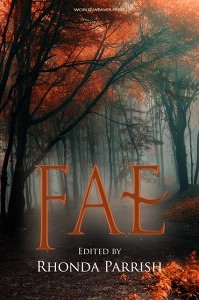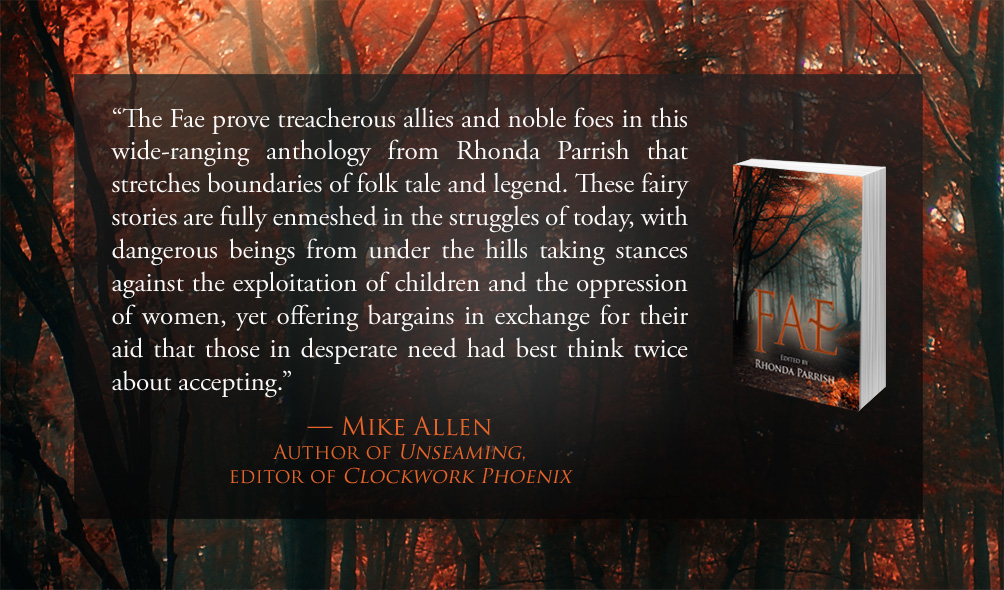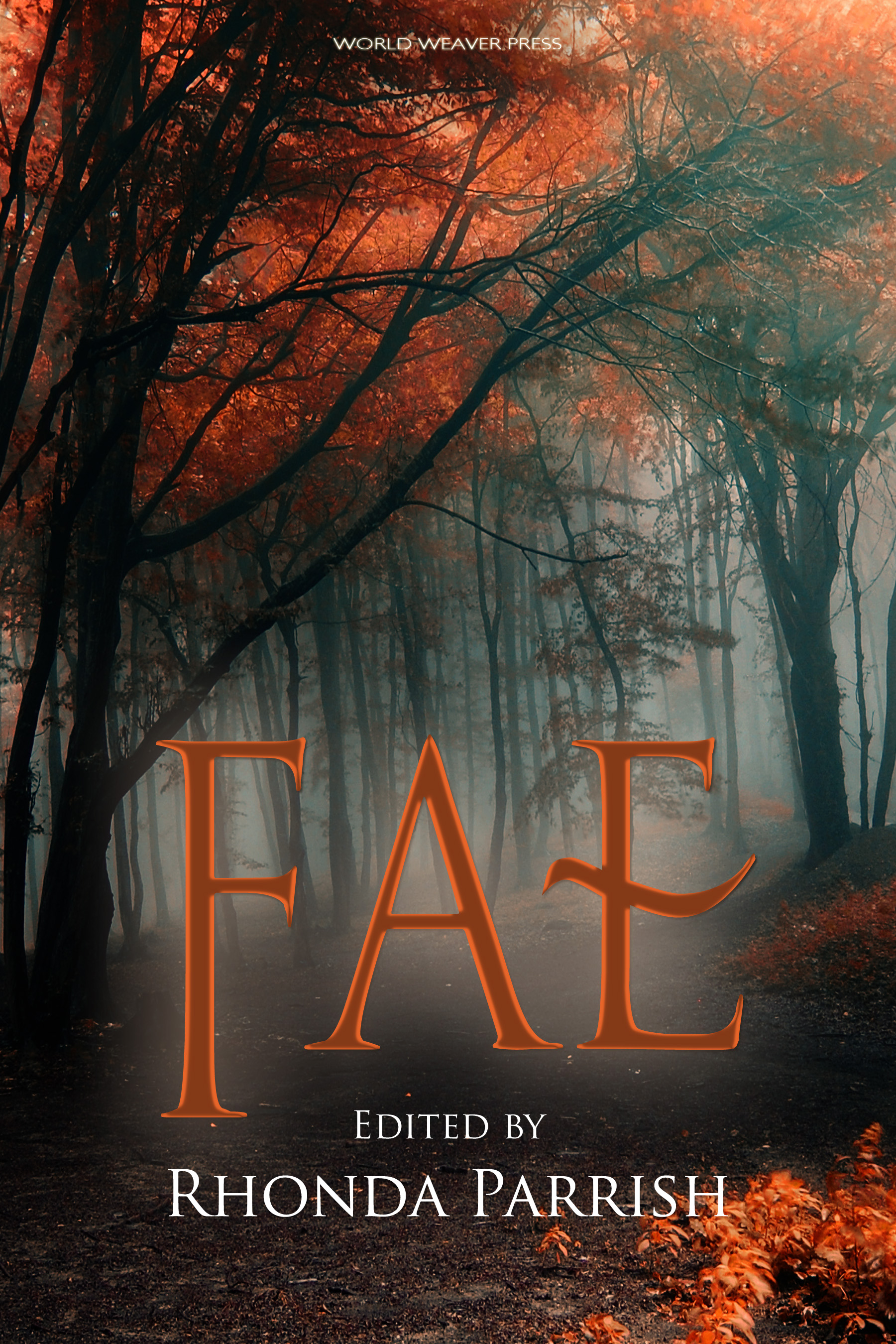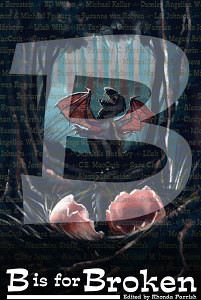 For the next several weeks I’ve decided to call Fridays ‘Fractured Friday’ and use them to share news, contributor interviews and excerpts from B is for Broken.
For the next several weeks I’ve decided to call Fridays ‘Fractured Friday’ and use them to share news, contributor interviews and excerpts from B is for Broken.
B is for Broken is the second title in the Alphabet Anthologies series. It follows A is for Apocalypse and will in turn be followed by C is for Chimera. Each story in the series is associated with a letter of the alphabet and is titled in the letter is for word format. What’s more, just to keep things nice and complicated, the story’s title isn’t shared at the beginning but at the end so that you can guess at what it might be while you read.
On that note, even though the story titles could be considered spoilers because of how the book is formatted, for the sake of simplicity if the author has chosen to post their title publicly somewhere else (their blog, Facebook, wherever) I am going to include it in my posts. If they haven’t revealed that information, though, I’ll list the story titles as Letter is for…
For this, the second installment of Fractured Fridays I decided to go to the other end of the alphabet from where we started and interview an author from the other side of the planet as well. We began with C.S. MacCath who lives in Canada and had the letter C but now we’ll jump to Suzanne van Rooyen who lives in Sweden and had the letter U 🙂
Interview with Suzanne van Rooyen
What letter were you assigned? U
Please share a short excerpt from your story:
Satisfied she was alone, Victoria laid the leg beside the shrouded body on her exam table. Gently, she peeled away the sheet, revealing his exquisite face. She never got tired of looking at him. She brushed soft black hair from the android’s face before placing a tender kiss on each sleeping eyelid. His long lashes tickled her lips and turned the desire aching in her bones into a hungry, fanged creature chewing on her insides. The lashes swept indigo shadows beneath the eyes, shadows she trailed with an index finger to his full lips, rosebud pink, replete with delicate grooves carved into cupid bows.
He was almost done.
What is the thing you’ve most regretted breaking? Promises, hearts, rules… I could philosophical here but honestly, the thing I most recently regret breaking is my French press. It meant I couldn’t make myself coffee until it had been replaced. That was not a good one to start the morning!
Have you ever broken something and not been saddened by it? Can you tell us about that? Every time I broke the school rules in high school 😉 I felt like such a rebel for wearing a pentagram on a chain around my neck, which was strictly forbidden at my Catholic school. I also managed to get away with having pictures of Marilyn Manson plastered all over my books, and pictures of Brandon Lee as Eric Draven taped to the inside of my pencil case.
If you could break one law and get away with it consequence-free, what would it be? Um. I honestly have no idea. Maybe something fun like breaking into the climbing gym at midnight so we could have the place to ourselves for a few hours.
Do you have any rules for yourself, a code of some sort, which you’d never break? Holy Batman that’s a really personal question that’s making me examine my morality and integrity. While I definitely live by a moral code that I’d like to think makes me a fairly decent human being, I also understand that certain circumstances might require extreme actions that go against my personal ethos.
Never ever? Well…
Really? Isn’t there something which could make you break it? Sure. If one of my loved ones was in danger, I’d do whatever was necessary to protect them.
Did you struggle with the letter you were assigned, or did the ideas come freely? As soon as I got U I started listing all the cool words I could think of and the word I eventually settled on was maybe number three on the list. I knew I wanted to write about androids so once I had my word, the ideas started flowing.
What was your favourite idea you didn’t use? My first word choice was ‘ubiquitous’ and I’m a little sad I couldn’t figure out a story to match.
What, aside from the anthology’s theme and your letter inspired your story? My renewed love affair with Gothic horror thanks to the TV show Penny Dreadful, and my constant fascination with androids.
 Suzanne is a tattooed storyteller from South Africa. She currently lives in Sweden and is busy making friends with the ghosts of her Viking ancestors. Although she has a Master’s degree in music, Suzanne prefers conjuring strange worlds and creating quirky characters. When she grows up, she wants to be an elf – until then, she spends her time (when not writing) wall climbing, buying far too many books, and entertaining her shiba inu, Lego.
Suzanne is a tattooed storyteller from South Africa. She currently lives in Sweden and is busy making friends with the ghosts of her Viking ancestors. Although she has a Master’s degree in music, Suzanne prefers conjuring strange worlds and creating quirky characters. When she grows up, she wants to be an elf – until then, she spends her time (when not writing) wall climbing, buying far too many books, and entertaining her shiba inu, Lego.
~ Twitter ~ Facebook ~ Pintrest ~
B is for Broken is available now at:
Smashwords
Kobo
Amazon
Barnes and Noble
And add it to your shelves at Goodreads

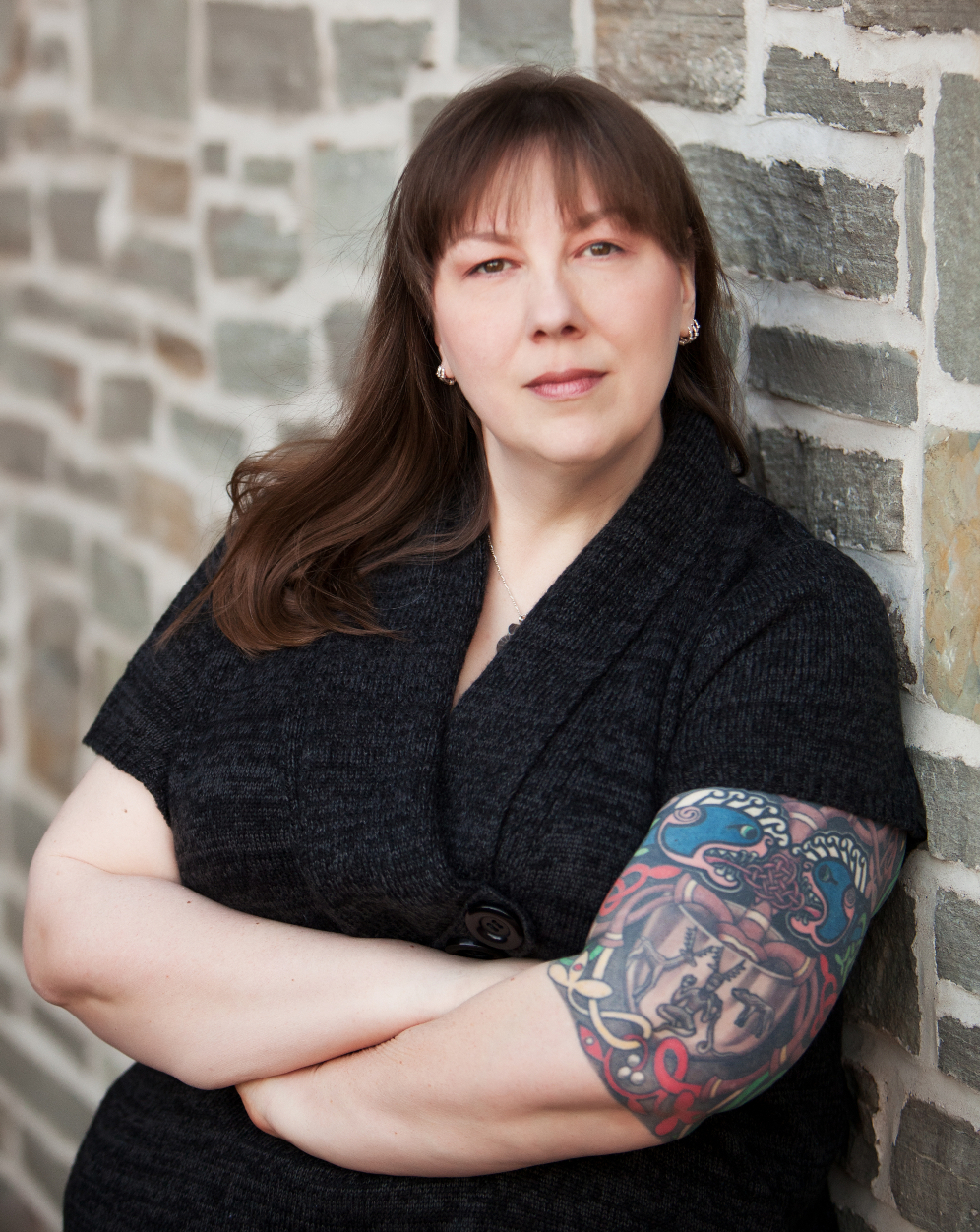
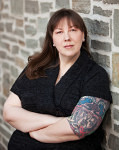 C.S. MACCATH is a writer of fiction, non-fiction and poetry whose work has appeared in Strange Horizons, Clockwork Phoenix: Tales of Beauty and Strangeness, Mythic Delirium, Murky Depths, Witches & Pagans and other publications. Her poetry has been nominated twice for the Rhysling Award, her fiction has been nominated for the Pushcart Prize and it has also received honorable mention in The Year’s Best Science Fiction: Twenty-Sixth Annual Collection. You can find her online at
C.S. MACCATH is a writer of fiction, non-fiction and poetry whose work has appeared in Strange Horizons, Clockwork Phoenix: Tales of Beauty and Strangeness, Mythic Delirium, Murky Depths, Witches & Pagans and other publications. Her poetry has been nominated twice for the Rhysling Award, her fiction has been nominated for the Pushcart Prize and it has also received honorable mention in The Year’s Best Science Fiction: Twenty-Sixth Annual Collection. You can find her online at 
